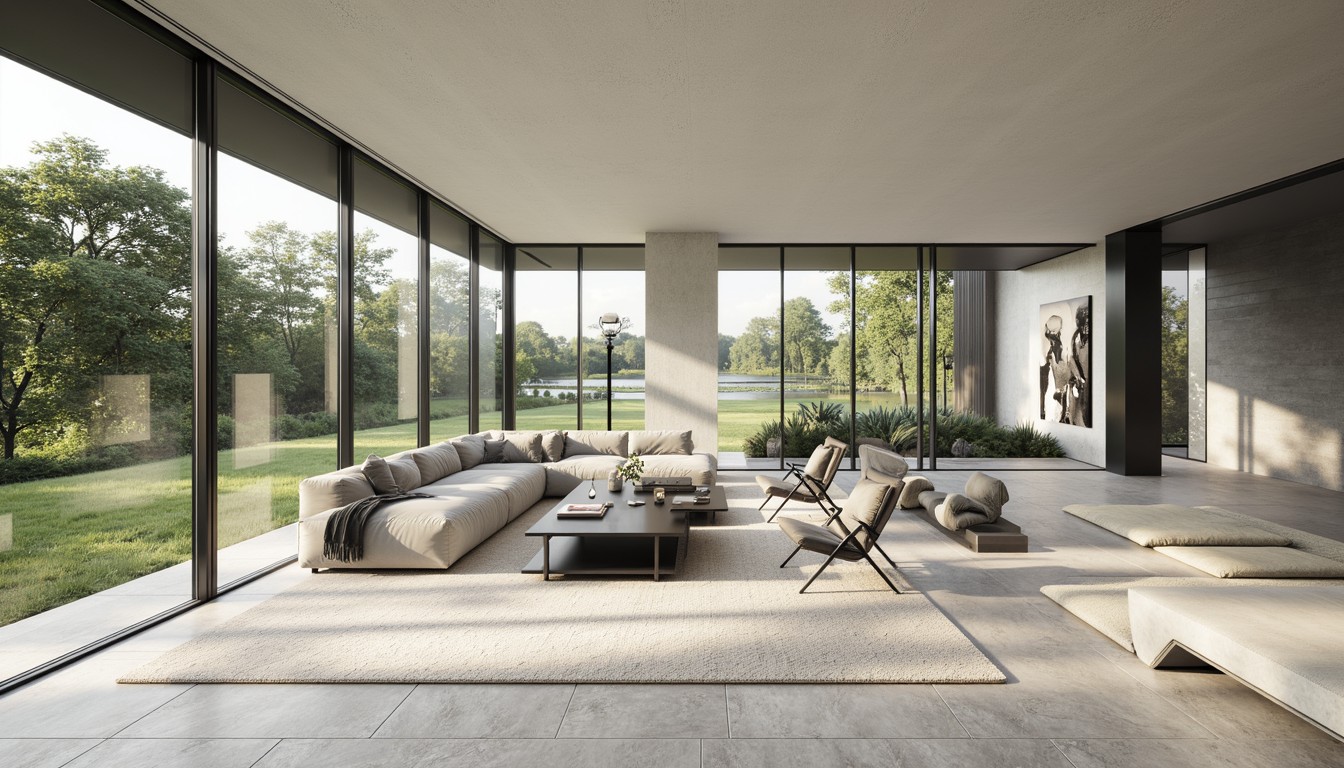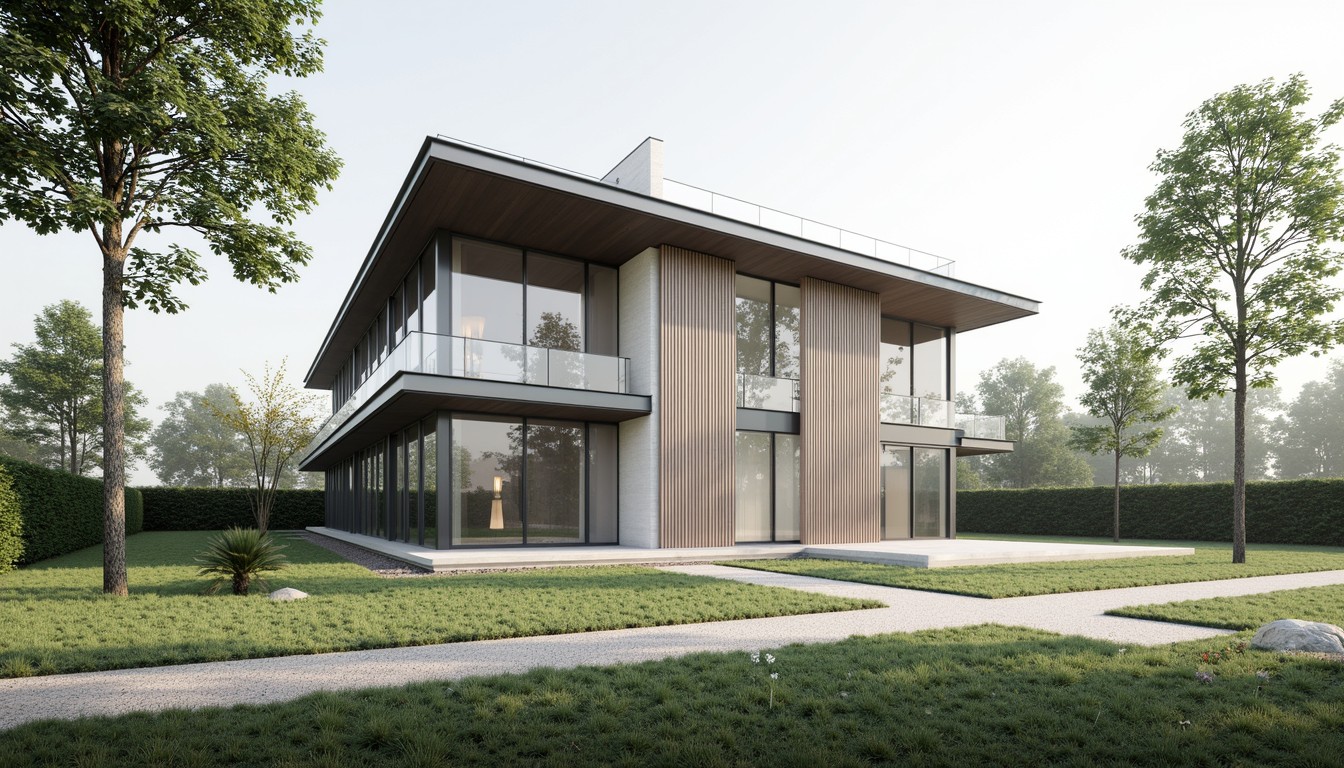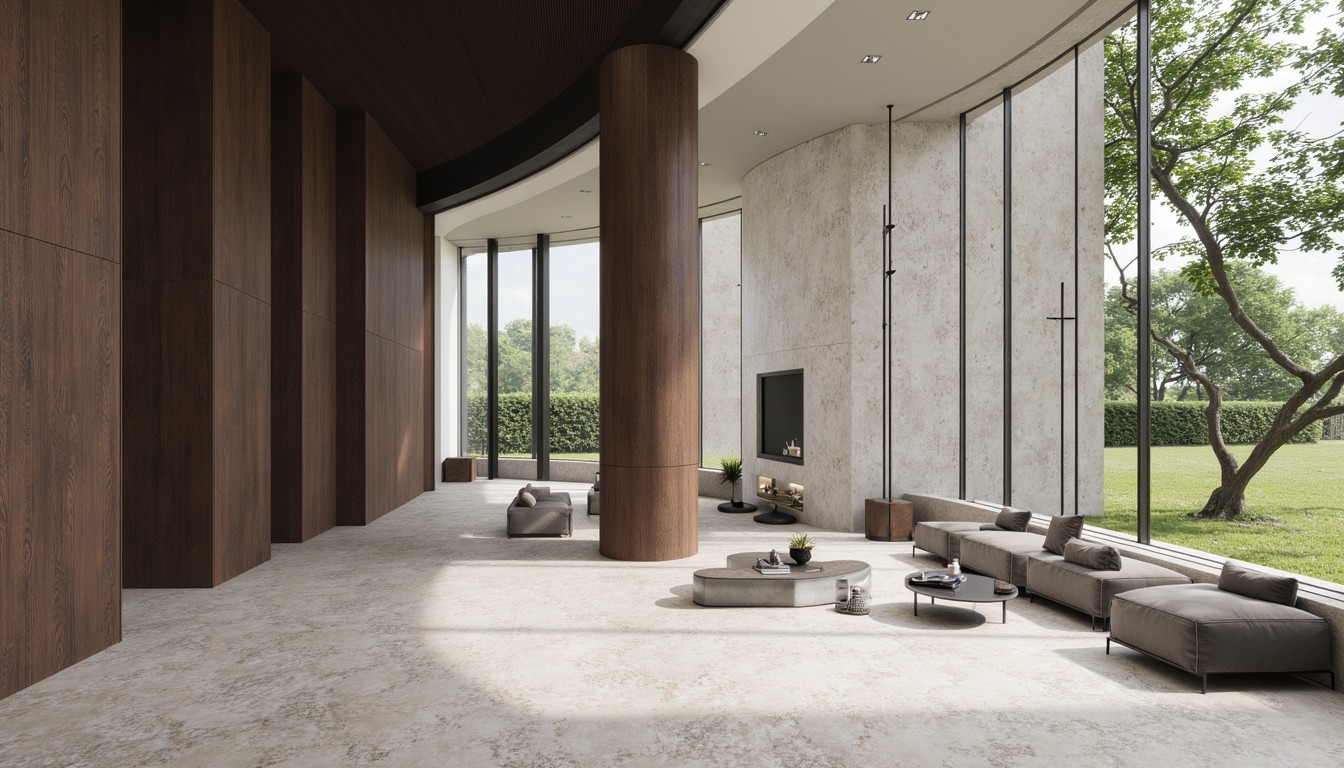Sustainable Architecture: Green Building Technologies & Design
The built environment significantly contributes to global carbon emissions. As architects and designers, embracing sustainable practices is no longer a choice but a necessity. Sustainable architecture, driven by innovative green building technologies, offers a pathway towards environmentally responsible and energy-efficient structures. This article delves into the key technologies shaping the future of sustainable design, highlighting their practical applications and the role of architectural visualization in bringing these visions to life.
Passive Design Strategies: The Foundation of Green Building

Before exploring advanced technologies, it's crucial to understand the importance of passive design strategies. These techniques leverage natural elements to minimize energy consumption. Examples include:
- Optimal Site Selection and Orientation: Positioning buildings to maximize solar gain in winter and minimize it in summer drastically reduces heating and cooling loads. This involves careful consideration of prevailing winds, sunlight angles, and shading from surrounding trees and structures.
- Natural Ventilation: Strategically placed windows and vents facilitate natural airflow, reducing the reliance on mechanical ventilation systems. Cross-ventilation, stack effect, and wind catchers are examples of techniques employed.
- Thermal Mass: Incorporating materials with high thermal mass, such as concrete or brick, helps regulate indoor temperatures by absorbing and releasing heat slowly. This reduces the need for excessive heating or cooling.
- Shading Devices: Overhangs, awnings, and strategically planted vegetation provide shade during peak sun hours, reducing solar heat gain.
Active Green Building Technologies: Enhancing Energy Efficiency

While passive design forms the backbone of sustainable architecture, active technologies further enhance energy efficiency and reduce environmental impact. These include:
- Renewable Energy Sources: Integrating solar photovoltaic (PV) panels, solar thermal collectors, wind turbines, and geothermal energy systems generates clean energy on-site, reducing reliance on the grid.
- High-Performance Building Envelopes: Utilizing advanced insulation materials, high-performance windows, and airtight construction minimizes heat transfer, significantly reducing energy consumption for heating and cooling.
- Smart Building Management Systems: These systems monitor and control various building functions, such as lighting, HVAC, and security, optimizing energy usage based on occupancy and environmental conditions. Data analytics provide valuable insights into energy consumption patterns, enabling further improvements.
- Greywater Recycling Systems: These systems collect and treat wastewater from showers, sinks, and laundry for non-potable uses like irrigation, reducing water consumption.
- Rainwater Harvesting: Collecting rainwater for irrigation or toilet flushing conserves potable water resources.
Material Selection: Embracing Sustainable Practices
Sustainable architecture emphasizes the use of eco-friendly materials with low embodied carbon. This includes:
- Recycled and Reclaimed Materials: Using recycled steel, reclaimed wood, and recycled aggregates reduces the demand for virgin materials and minimizes waste.
- Locally Sourced Materials: Reducing transportation distances lowers carbon emissions associated with material transport.
- Bio-Based Materials: Utilizing materials derived from renewable resources, such as bamboo, hemp, and mycelium, offers sustainable alternatives to traditional materials.
- Rapidly Renewable Materials: Materials that regenerate quickly, like bamboo, are preferred over slow-growing materials.
ArchNav's Role in Visualizing Sustainable Architecture

ArchNav plays a crucial role in bringing sustainable architectural designs to life. Our cutting-edge architectural visualization services allow architects and developers to:
- Communicate complex sustainable features effectively: Our high-quality renderings and animations clearly showcase the integration of green technologies and passive design strategies, enabling clients to fully grasp the design's environmental benefits.
- Explore design alternatives and optimize performance: Through simulations and visualizations, we help evaluate the performance of different sustainable design options, ensuring optimal energy efficiency and environmental impact.
- Engage stakeholders and secure funding: Compelling visualizations help secure buy-in from investors, regulatory bodies, and the public, facilitating the realization of sustainable projects.
Conclusion
Sustainable architecture is not just a trend; it's a critical imperative. By integrating passive design strategies and adopting innovative green building technologies, we can create a built environment that is both environmentally responsible and human-centered. ArchNav, with its expertise in architectural visualization, is committed to supporting architects and designers in their pursuit of a greener future. Contact us today to learn how our services can help you bring your sustainable vision to life.
